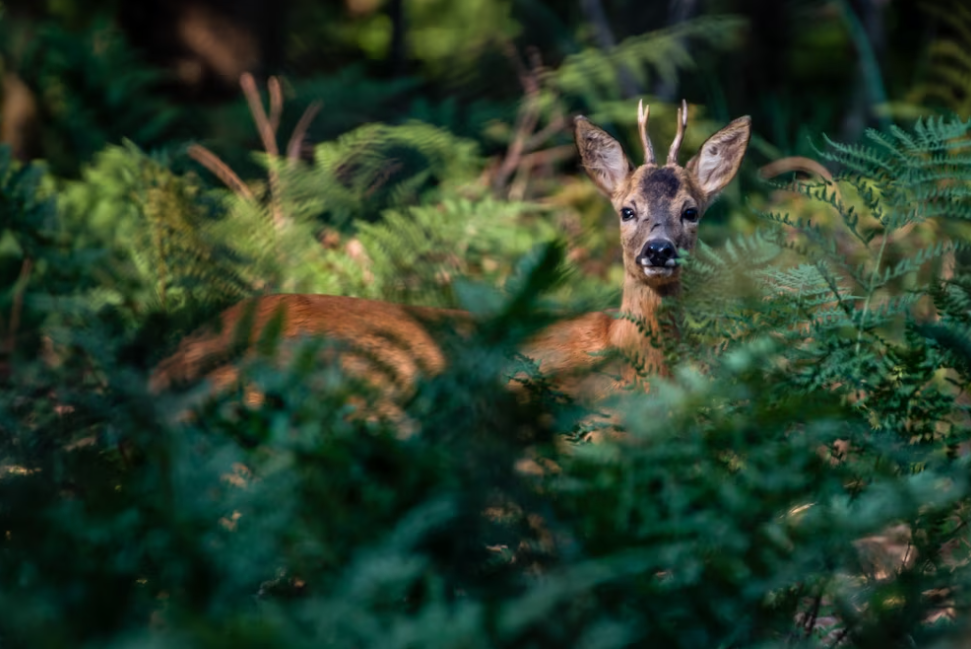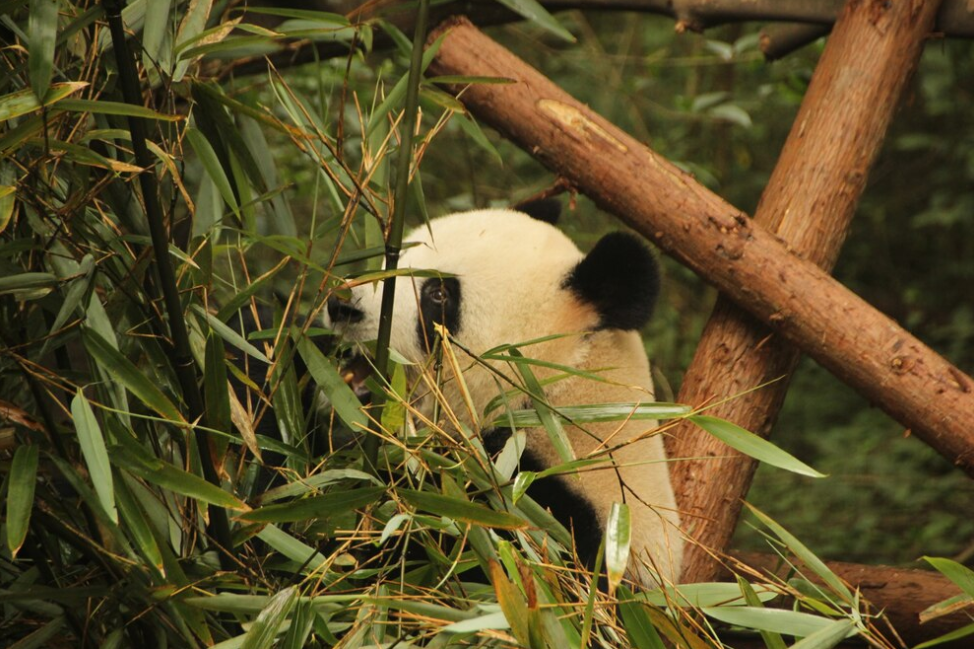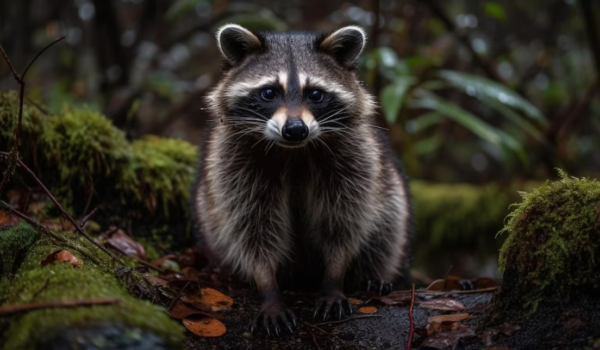Wildlife photography is a captivating art form that allows photographers to capture the beauty and essence of the natural world. For passionate nature enthusiasts and skilled photographers, it can be more than just a hobby – it can become a lucrative source of income. If you dream of turning your love for wildlife photography into a profitable venture, this article will guide you through the essential steps and strategies to make money with your camera lens.
Growing Your Social Media Following
Building a substantial following on social media is a powerful tool for wildlife photographers looking to expand their reach and monetize their passion. Platforms like Instagram, Facebook, and Twitter offer an incredible opportunity to showcase your work to a global audience of nature enthusiasts and potential clients. To build a strong following, focus on posting high-quality, captivating images consistently. Engage with your audience by responding to comments and messages, and leverage relevant hashtags to reach a broader audience. Collaborate with other wildlife photographers and nature-related accounts to cross-promote each other’s work, further increasing your visibility. As your following grows, opportunities for sponsored posts, brand partnerships, and product endorsements may arise, providing additional sources of income.
Creating Photobooks
Publishing a photobook is a timeless and tangible way to showcase your wildlife photography while creating a potential revenue stream. A photobook allows you to curate your best images and tell a compelling visual story of your encounters with wildlife. Consider selecting a theme, such as a specific region, species, or conservation project, to add depth and significance to your book. Self-publishing has become more accessible with print-on-demand services, which eliminate the need for large upfront costs. Alternatively, you can collaborate with traditional publishers specializing in wildlife and nature books. The photobook not only serves as a keepsake for your followers but can also be sold through online platforms, bookstores, and at exhibitions, providing a passive income source.
Conducting Wildlife Photography Workshops
Sharing your expertise through wildlife photography workshops is a fulfilling way to generate income while nurturing a community of aspiring photographers. Whether you conduct one-day local workshops or immersive multi-day experiences in wildlife-rich destinations, workshops offer participants hands-on learning and unique opportunities to capture wildlife up close. Tailor your workshops to cater to different skill levels, from beginners to advanced photographers. Cover various aspects of wildlife photography, including camera settings, composition, and post-processing techniques. Besides the income from workshop fees, satisfied participants are likely to recommend your workshops to others, contributing to your brand’s growth and reputation.
Crafting Your Wildlife Photography Brand
Developing a strong personal brand is essential for standing out in the competitive world of wildlife photography. Your brand should reflect your unique style, values, and vision, setting you apart from other photographers. Create a compelling logo, consistent visual aesthetics, and a cohesive online presence across your website and social media. Share your story and passion for conservation through blog posts and behind-the-scenes content. Networking with like-minded individuals, wildlife organizations, and potential clients can lead to collaborations and opportunities that further strengthen your brand. A well-established brand enhances your credibility and attracts clients and sponsors seeking authentic and skilled wildlife photographers.

Monetizing Your Wildlife Photography
Selling prints of your wildlife photographs is a classic way to generate income while allowing enthusiasts to own a piece of your art. Offer prints in various sizes and formats, such as framed, canvas, or metal prints, to cater to diverse preferences. Create limited edition prints to add exclusivity and value to your work. Partner with galleries, local art spaces, and nature centers to exhibit your prints, increasing their visibility and potential sales. Additionally, participating in art fairs and photography exhibitions allows you to connect directly with buyers and collectors who appreciate the beauty of wildlife photography.
Innovative Formats for Wildlife Photography
Innovation opens new avenues for monetizing your wildlife photography. Embrace technology and explore innovative formats, such as interactive eBooks, digital photo galleries, or augmented reality experiences. These formats engage the audience in unique ways, providing a memorable and immersive experience. Consider collaborating with app developers or digital media companies to bring your wildlife images to life through interactive applications. Being an early adopter of innovative formats can set you apart from other photographers and attract tech-savvy clients and partnerships.
Making Different Products to Sell
Expand your product offerings beyond prints and photobooks by creating a range of merchandise featuring your wildlife photography. Explore options such as calendars, greeting cards, postcards, clothing, phone cases, and home decor items. Print-on-demand services enable you to produce merchandise without maintaining inventory, reducing upfront costs. Designing merchandise that showcases your unique images allows your audience to connect with your work in various aspects of their lives. Moreover, selling these products at your workshops, exhibitions, and online store adds incremental revenue streams to your wildlife photography business.
How Much Can Wildlife Photographers Make Annually?
The income of wildlife photographers can vary significantly depending on various factors, such as their level of experience, location, skill level, the demand for their work, and the diversity of their income streams. While some wildlife photographers may earn a modest income, others can achieve substantial earnings through their passion for capturing nature’s beauty.
For beginners and hobbyists, wildlife photography may not initially provide a stable income. Many start by building their portfolios and gaining exposure through social media, personal websites, or online platforms. At this stage, earnings might come from occasional print sales, licensing deals, or participation in local exhibitions. As they gain more experience and recognition, their potential to earn more increases.
Mid-career wildlife photographers, with a few years of experience under their belts, have likely refined their craft and built a larger network of clients and followers. At this stage, they may start to see more consistent revenue from their photography. Income can come from various sources, including commissioned work, selling prints, leading workshops, contributing to publications, and partnering with conservation organizations. Earnings can range from several thousand to tens of thousands of dollars per year.
Established and renowned wildlife photographers have typically dedicated years to honing their skills and establishing a strong brand. At this level, their work may be featured in prestigious magazines, books, and exhibitions. They might secure lucrative commercial projects, such as advertising campaigns or collaborations with high-profile brands. In addition to substantial print and licensing sales, they may also generate income from speaking engagements, photo tours, and selling limited edition prints at higher prices. Top wildlife photographers can earn six-figure incomes or more annually, especially if they have a well-diversified portfolio of income streams.
- If you’re considering wildlife photography as a career prospect, you might be curious about the potential earnings in this industry. However, determining an exact figure is challenging due to the diverse nature of this field;
- If you choose to work full-time as a wildlife photographer and produce high-quality images, you could explore various income-generating methods and potentially earn around £20,000 to £50,000 per year in revenue. Keep in mind that there will be expenses associated with your photography business, and the structure of your business will influence your net income.
Occasionally, some wildlife photographers achieve six-figure incomes, but this level of financial success is relatively rare and often comes with achieving “celebrity status” within the wildlife photography industry.
One advantage of being self-employed in wildlife photography is the flexibility to expand your business according to your vision. By capitalizing on the various methods mentioned earlier, you have the opportunity to create multiple healthy income streams that can contribute to your overall earnings. Embracing these strategies can lead to a more sustainable and thriving wildlife photography career.
How to Become a Professional Wildlife Photographer

Wildlife photographers worldwide have adopted various strategies to monetize their images, adapting to the ever-changing industry and customer demands to maintain a steady income from their craft.
In the past, selling images on stock websites could yield a five-figure salary, but the rise of microstock agencies has reshaped the landscape. As a result, photographers have diversified their revenue streams to sustain their earnings.
- Participate in Craft Fairs:
Craft fairs and markets offer an excellent starting point for making sales. While investing in product stock can be daunting, those confident in their photos should take the leap. Holiday seasons, like Christmas markets, attract customers eager to purchase gifts, presenting an ideal opportunity to showcase and sell wildlife photography. Seek out popular markets nearby and inquire about booking a table to display your work;
- Conduct Wildlife Photography Workshops:
The growing interest in wildlife photography as a hobby has led to an increased demand for tuition and photographic opportunities. Running workshops and tours is a viable option for aspiring professional wildlife photographers with knowledge and confidence in their abilities. However, sustaining bookings and a positive reputation requires dedicated effort and a commitment to providing clients with an exceptional experience;
- Deliver Talks and Presentations:
Engaging camera clubs, nature groups, and other societies as a speaker offers a fun way to earn money if public speaking doesn’t faze you. Crafting a visually appealing presentation with a compelling story, lasting between 30 minutes to an hour, can captivate audiences and lead to successful bookings. Reach out to clubs and showcase how they can avail your speaking services;
- Sell to Newspapers:
Securing publications in glossy magazines and newspapers provides an avenue to earn from wildlife photography and pave the way to professional recognition. However, getting photos published is not as simple as submitting them; publications seek compelling stories and cohesive sequences in wildlife images. While regular sales to publications may not be immediate, persistence and exceptional work can lead to rewarding opportunities.
Conclusion
Turning your passion for wildlife photography into a profitable venture is an exciting journey that requires dedication, creativity, and adaptability. By mastering your craft, investing in quality gear, and building a strong portfolio, you lay the foundation for success. Exploring various income streams, such as licensing your photos, publishing photobooks, conducting workshops, and selling prints, allows you to diversify your earnings and reach a wider audience. Additionally, building your brand, embracing innovation, and creating unique products further enhance your opportunities for success in the competitive world of wildlife photography.
